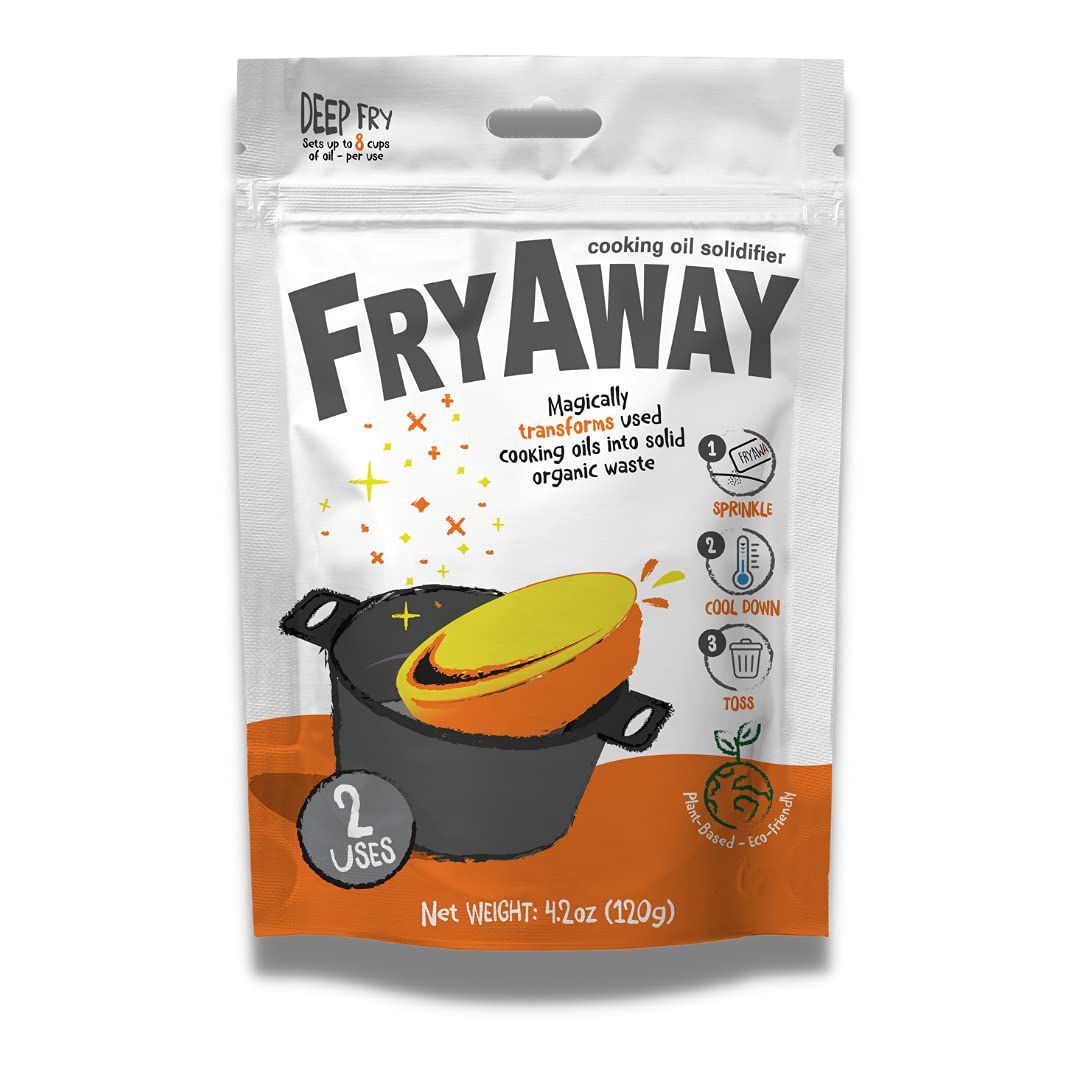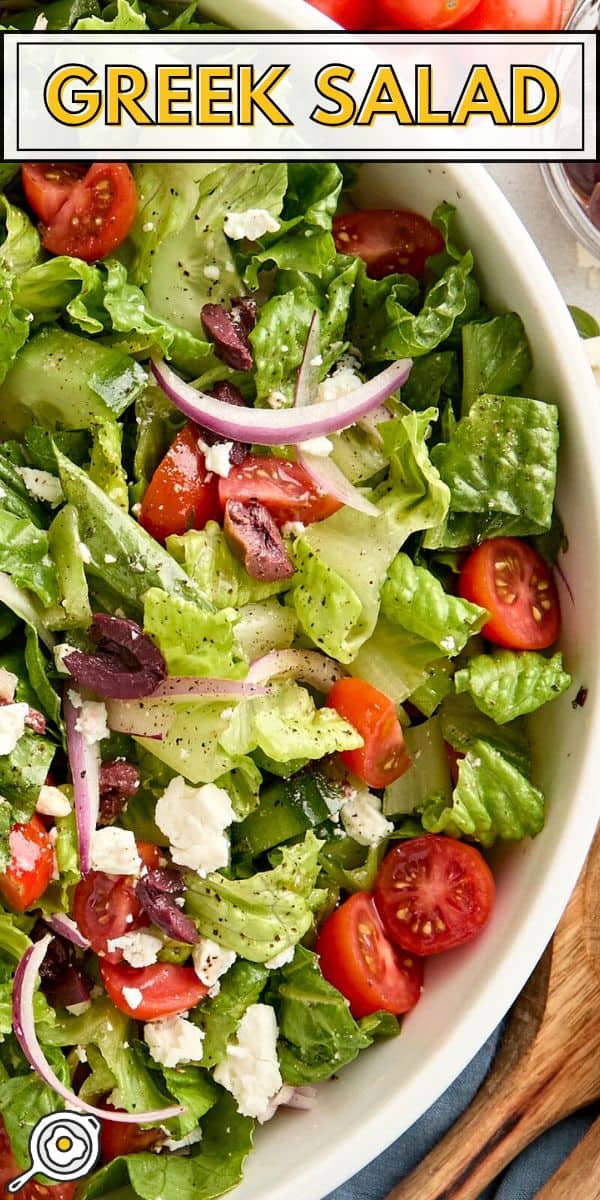The prospect of dealing with fryer oil has kept me from whipping up fluffy doughnuts on more than one occasion. That’s because discarding oil isn’t just annoying—it can be hazardous if not done properly. Even though it’s liquid at room temperature, oil can cool and solidify if it’s poured down the drain. These trapped globs of fat will clog up your pipes and breed bacteria, and if the oil makes it out of your plumbing system, something even more horrifying happens: fatbergs. (See the havoc one wrecked on the London waste system.)
The New York City Department of Sanitation recommends pouring used oil into a sealable container and tossing it in the trash. This is the method I usually use. Is it hard? No. Is it kind of a pain? Yes. However, what’s a deep-frying fan to do?
FryAway is an oil solidifier that promises to simplify oil disposal. Per the company, one packet transforms liquid oil into solid organic waste that can be thrown in the trash or taken to a recycling center. I put FryAway to the test to find out how well it actually works.
How FryAway Works
FryAway is a pale and flaky substance, resembling dried coconut shavings. It comes in pre-portioned packets and each one holds enough to solidify two cups of oil. To use, just sprinkle the flakes into hot oil and stir to dissolve. The mixture will solidify as it cools.
FryAway is somewhat secretive about its formulation and the package only lists one ingredient: plant-based fats. To understand how it works, I have to make some educated guesses.
Known methods for solidifying oil include hydrogenation, freezing, and stearic acid. Because of how FryAway works, it’s safe to rule out freezing right away. Hydrogenation is a fairly complex process, as it requires high heat, pressure, and a catalyst. That leaves stearic acid, which is a naturally occurring saturated fat found in plant and animal sources. The founder of FryAway has said that the product does contain some naturally occurring stearic acid, so I’ll assume that’s at least partially at work.
Stearic acid has a melting point of 156.7ºF—this makes it solid at room temperature and gives it natural hardening properties. It’s often used as a stabilizer in candle and soap making, as the high melting point helps these products maintain their structure when exposed to heat. Most common fryer oils are liquid above 30ºF. When it’s mixed into oil, stearic acid effectively raises the melting point, making it solid at room temperature.
The Testing
Serious Eats / Madeline Muzzi
I started my testing process by making and eating a batch of cider doughnuts. This generated about four cups of used oil laced with bits of burnt flour. I poured two packets of FryAway into the oil while it was still hot (the temperature was about 250ºF) and checked on the oil every 10 minutes to observe the solidification process. For comparison, I also placed a small amount of cooled, used oil in the freezer.
The FryAway oil started to look hazy after 20 minutes. At the 30-minute mark, it resembled a clear gel. I was surprised by how quickly the process worked. By 40 minutes, the oil had transformed into a semi-opaque waxy mass. Following FryAway’s instructions, I then scooped the solidified oil out of my Dutch oven. It was much firmer than I expected and the entire glob came out in almost one piece. A slightly oil sheen was the only thing that remained in the pot.
To compare the results, I took the second batch of oil out of the freezer. The frozen oil was significantly softer even though it had been in the deep chiller for over 40 minutes. It was also less stable—it started to melt as soon as it was at room temperature.
The Verdict
Serious Eats / Madeline Muzzi
If you’re a frequent fryer, FryAway will make life easier. I tend to raise a skeptical eyebrow at highly specialized kitchen products, but these little packets did everything they claimed. They simplified the process of oil disposal and made clean-up a quick job.
Why We’re The Experts
- Madeline Muzzi is a regular Serious Eats contributor, reviewing kitchen items like flatware and toaster ovens.
- Madeline has made fried chicken on a hot plate in a closet.
- For this review, she evaluated how FryAway worked after making a batch of deep-fried doughnuts.
2025-01-21 18:03:00
#FryAway #Promises #Rid #Cooking #Oil #Easy #Work






